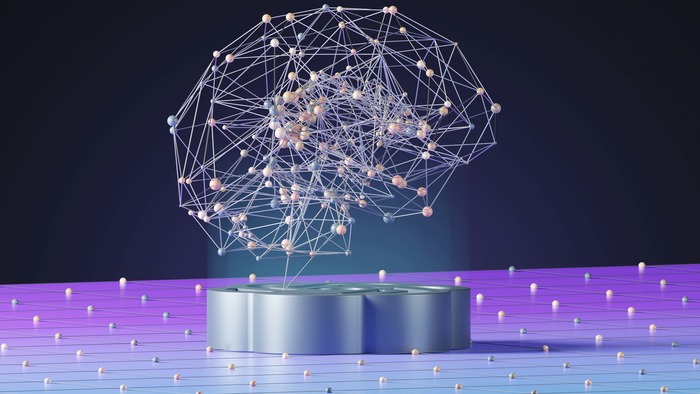We all talk about the benefits of modern technology and how it’s created new opportunities across the board, but something that people don’t often talk about is connectivity. No, not connectivity between devices, but people. There are obvious ways digital technology brings people together.
You only have to open your smartphone, tap the little green WhatsApp icon, and you’ll be connected with family and friends around the world. However, beyond the purely communicative connections we’ve formed, digital technology connects people in mutually beneficial ways.
Working Together to Win More
Take, for example, progressive jackpot slots. These might not be the first thing you think of when it comes to connective technology, but their underlying structure is based on collaboration. The Rainbow Jackpots slot is an excellent example of this collaborative process in action.
People play the game in isolation, which means their results aren’t affected by the actions of others. In context, this means players can bet as much as they like and win prizes if the right symbols line up.
However, the difference between progressive jackpot slots and standard slot machines is the fact that there’s an element of collaboration. A small percentage of each player’s bet goes into a communal prize pool. Therefore, even though players are spinning in isolation, there’s an understanding that everyone is working towards a common goal.
That goal is to create a jackpot that’s worth many times the average bet size. Thus, what you’ve got here is a collaborative system that benefits all users.
Communication Negates the Power of One
A similar thing happens on blockchains. One of the main reasons crypto maximalists champion the virtues of blockchains is that they are decentralized. That means a central authority doesn’t authorize transactions and, therefore, doesn’t have control over the system.
Some will argue that a central authority isn’t necessarily a negative. However, if you’re a supporter of crypto, decentralisation is the way forward. The only way decentralized transactions are possible is if members of the blockchain work in unison to validate transactions.
For example, the Bitcoin blockchain only works if miners (computer systems) solve equations. This process of solving an equation validates a block of transactions. Miners are, in essence, competing to solve equations because the first one to crack a code gets rewarded.
So, what you get here is a system whereby everyone benefits from communication, collaboration, and competition between users. Taking this concept further, artificial intelligence (AI) is evolving because of us.
We’re All Shaping the Future of Digital Technology
Large language models (LLMs), such as OpenAI’s ChatGPT, are trained using vast amounts of data. Then, once you’re made available to the public, their responses are guided by user input. Everyone who uses an LLM like ChatGPT is helping to shape its responses and make it a better product.
Again, this takes us back to the notion that digital technology has brought us together. Whether we know it or not, people are working in unison to shape the next generation of AI technology. Every user input is contributing to a common goal.
LLMs are a manifestation of the hive mind, but we’d argue that they’re not the only ones. Digital technology is bringing us closer together in a variety of interesting and mutually beneficial ways.
From games to finance, we’re all working together. So, while there are plenty of benefits to digital technology, we think the connective power of modern innovations is the most important quality.


